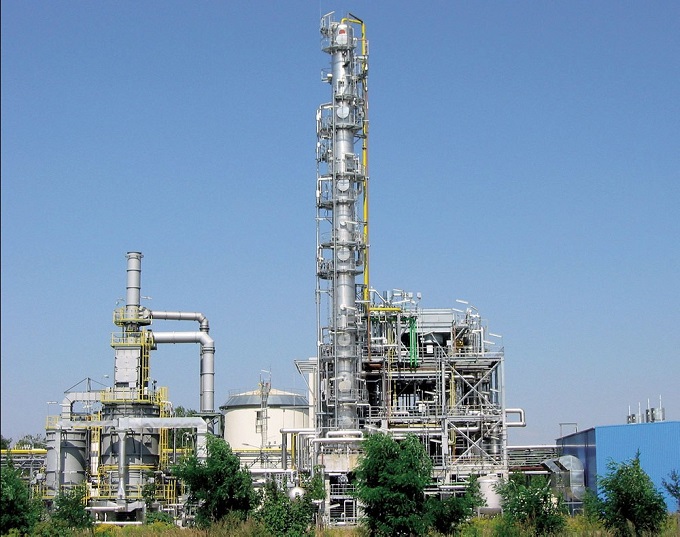
LONDON – Lube oil rerefiners have plenty of reason for optimism, both in the short and long term, Fabio Dalla Giovanna told conference attendees here last month.
In Europe and the United States, but mainly in Africa, South America and Asia, there are a lot of opportunities for other plants, he speculated during the ICIS World Base Oils & Lubricants Conference. This is a good challenge for those who want to penetrate these markets. LubesnGreases Global Guide to Base Oil Refining lists 26 current and planned rerefineries around the world with capacity of 800 b/d or higher.
When crude prices are high, it always benefits rerefined oil margins, pointed out Giovanna, who is chief technology officer for Egeo Oil outside Lisbon, Portugal. Citing Deloitte, he predicted that crude prices will increase slightly over the next two years to $57 per barrel in 2018. This will create plenty of opportunities for rerefiners, he said.
However, while crude oil prices have an effect on the rerefining business, local economic conditions and government regulations are the key drivers. Giovanna cited Italy as an example, where a sales tax of 0.15 euros per kilogram of lube oil has been enough to subsidize rerefining and act as a buffer against variable pricing in crude oil.
The ideal market for rerefining, he said, has low labor costs, an efficient collection business and discouragement of used oil exports, along with a strong legislative framework in support of used oil collection.
In 2014, the European Union generated 2.1 million tons of used oil that could possibly be collectable, Giovanna related. Of that, 1.7 million tons (80 percent) was collected, and 700,000 tons was rerefined. That means 30 percent of collectable oil – or 40 percent of collected oil – was recycled. Total lubricant demand in the EU was 4.3 million tons that year. Crude oil is called black gold, and used oil should be the silver, he quipped. To have so high a waste of something like this is incredible.
The European waste oil rerefining industry association (GEIR) has proposed an EU-wide target of gathering 95 percent of collectable waste oil in each member state by 2020 and rerefining at least 60 percent of that. By 2025, the group wants to see up to 100 percent collection and 85 percent rerefining. However, major base oil manufacturers are opposing these targets, Giovanna lamented.
Overall, he said, EU legislation around used oil collection is good, but it could be improved in order to establish more severe control, introducing punishments and sanctions if the legal requirements are not met. Giovanna, whose company plans to launch a 20,000 t/y rerefining plant in Portugal this year, believes the EU legislative model could be exported to encourage used oil collection in other countries.
Key drivers for rerefiners in the future, Giovanna forecast, rest mainly with the market for API Group I base oils. Rerefiners may become one of the few sources of Group I supply, which he believes will become a rarity despite increasing appreciation for the product in industrial applications. The key to surviving in a constantly changing market, he declared, will be process flexibility in the production of Group I+ and Group II oils.

Photo courtesy Puralube